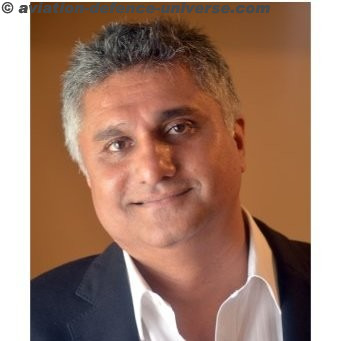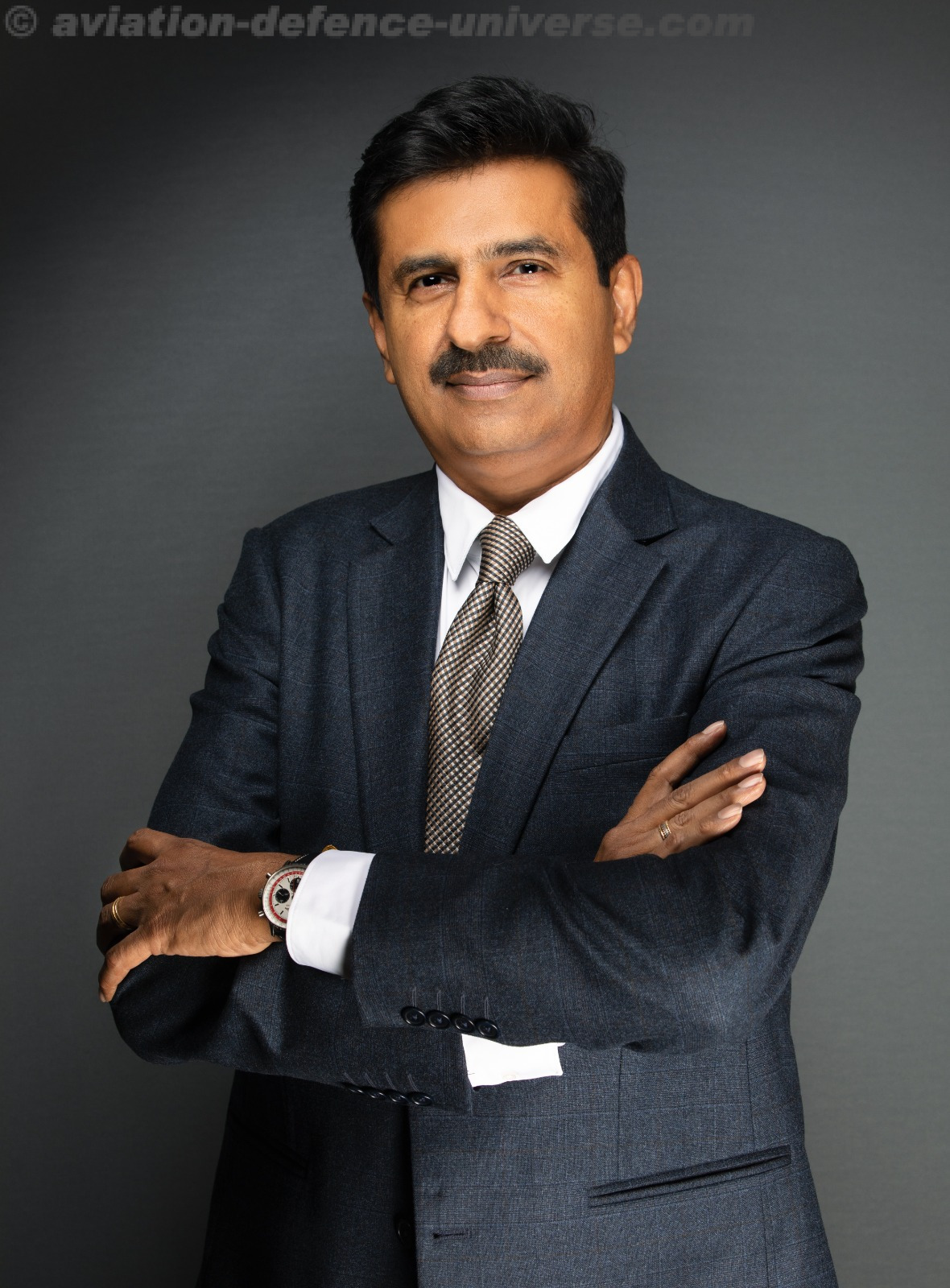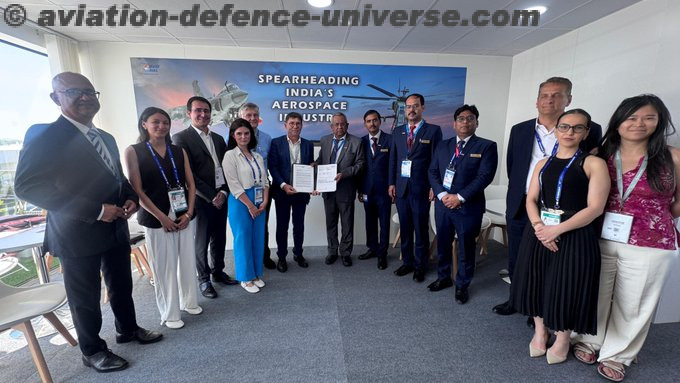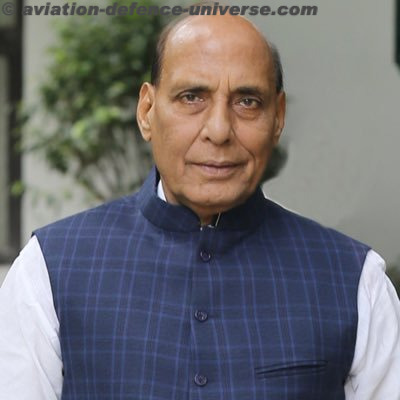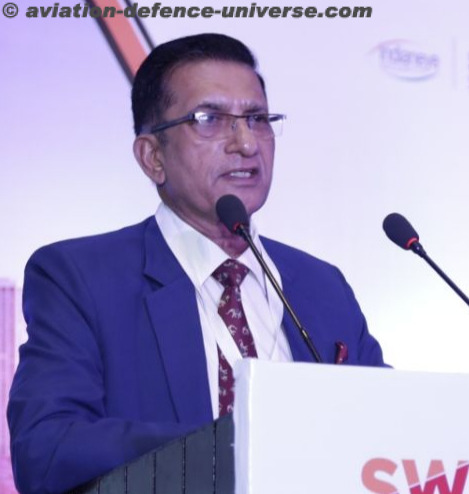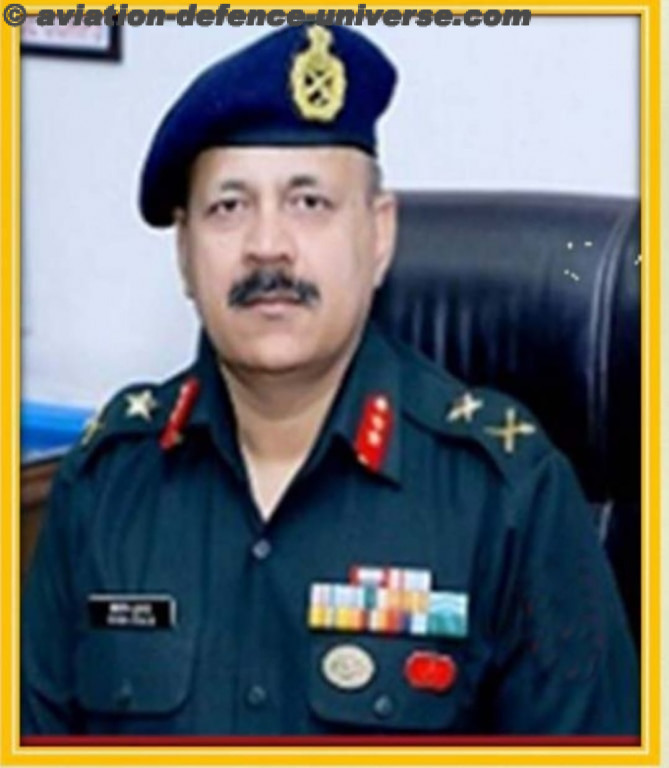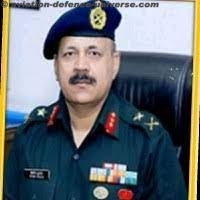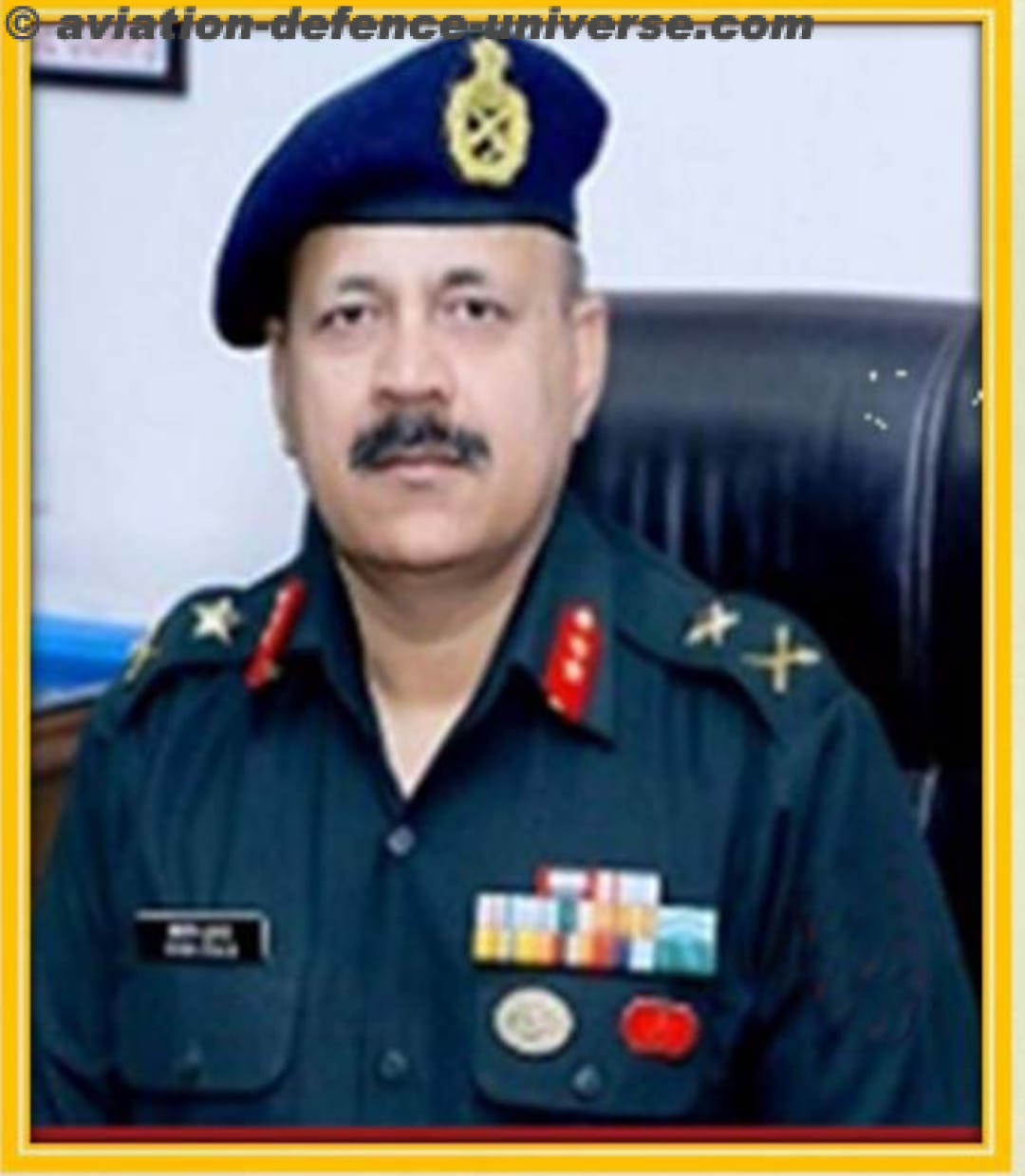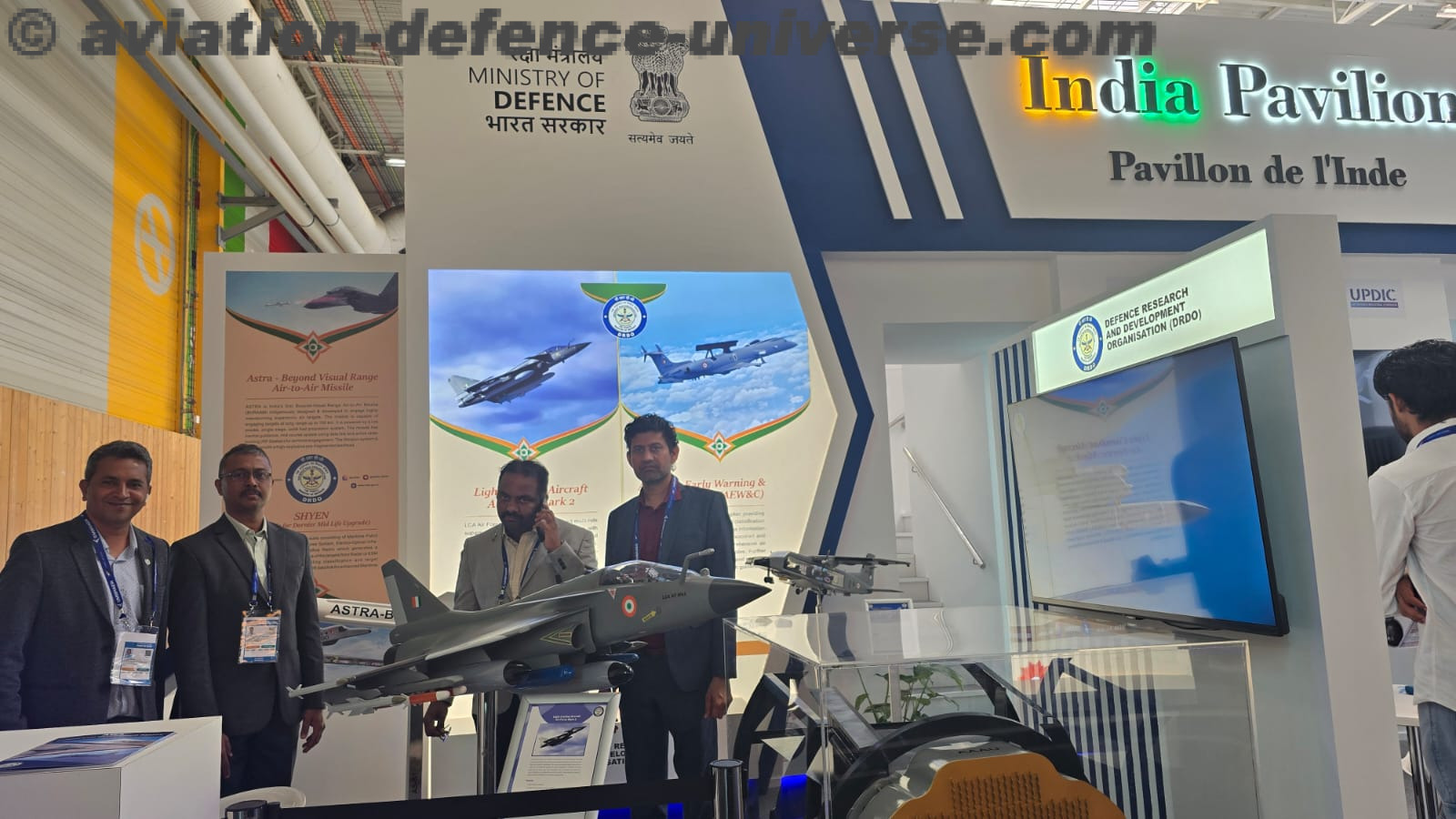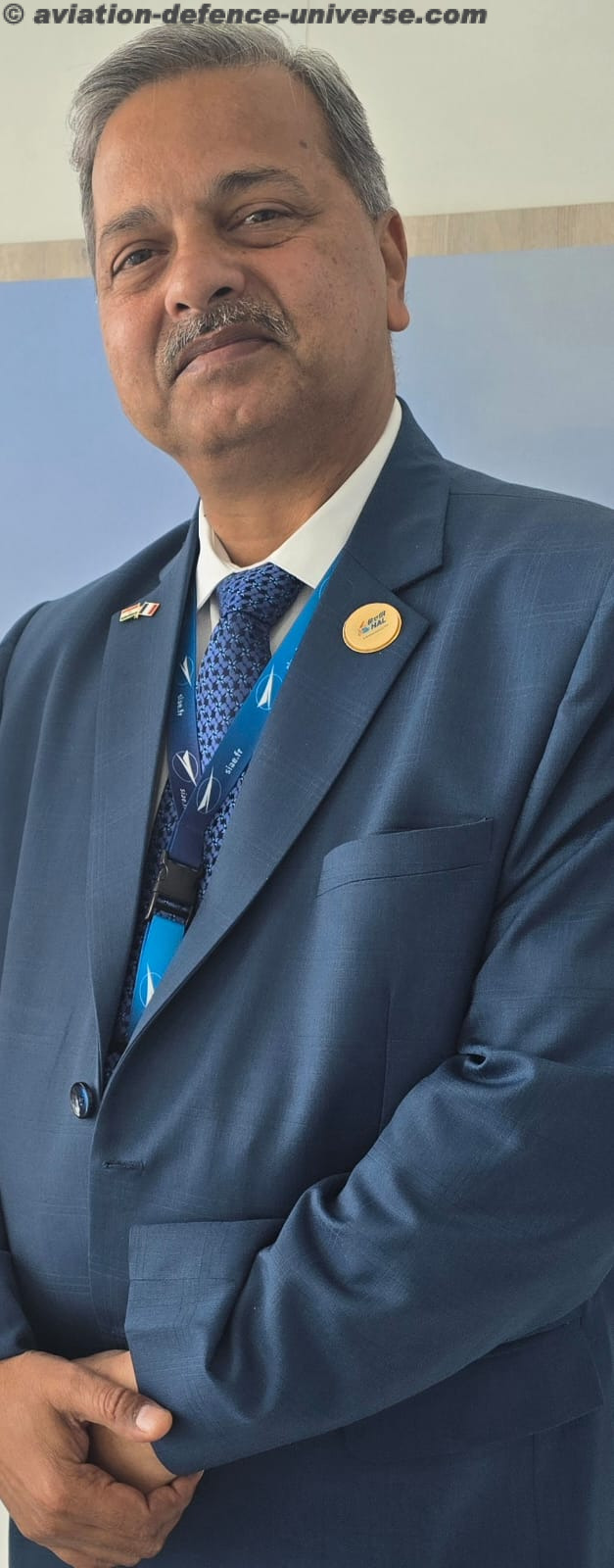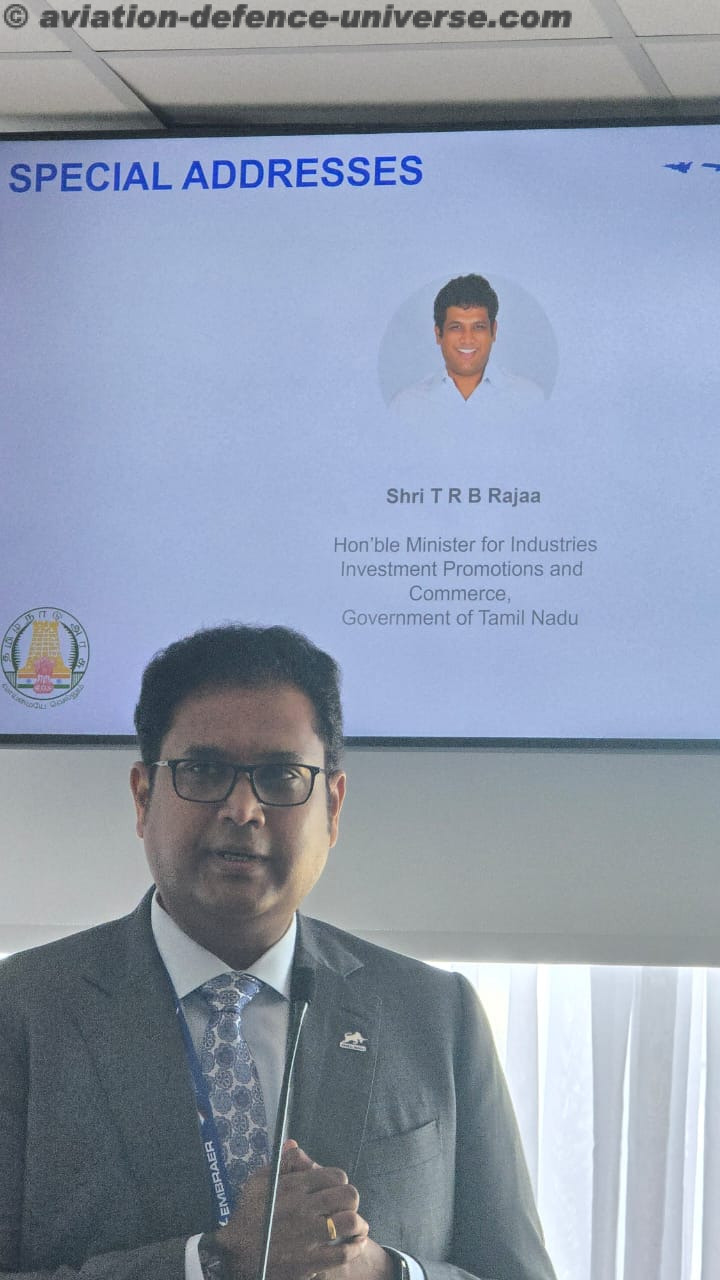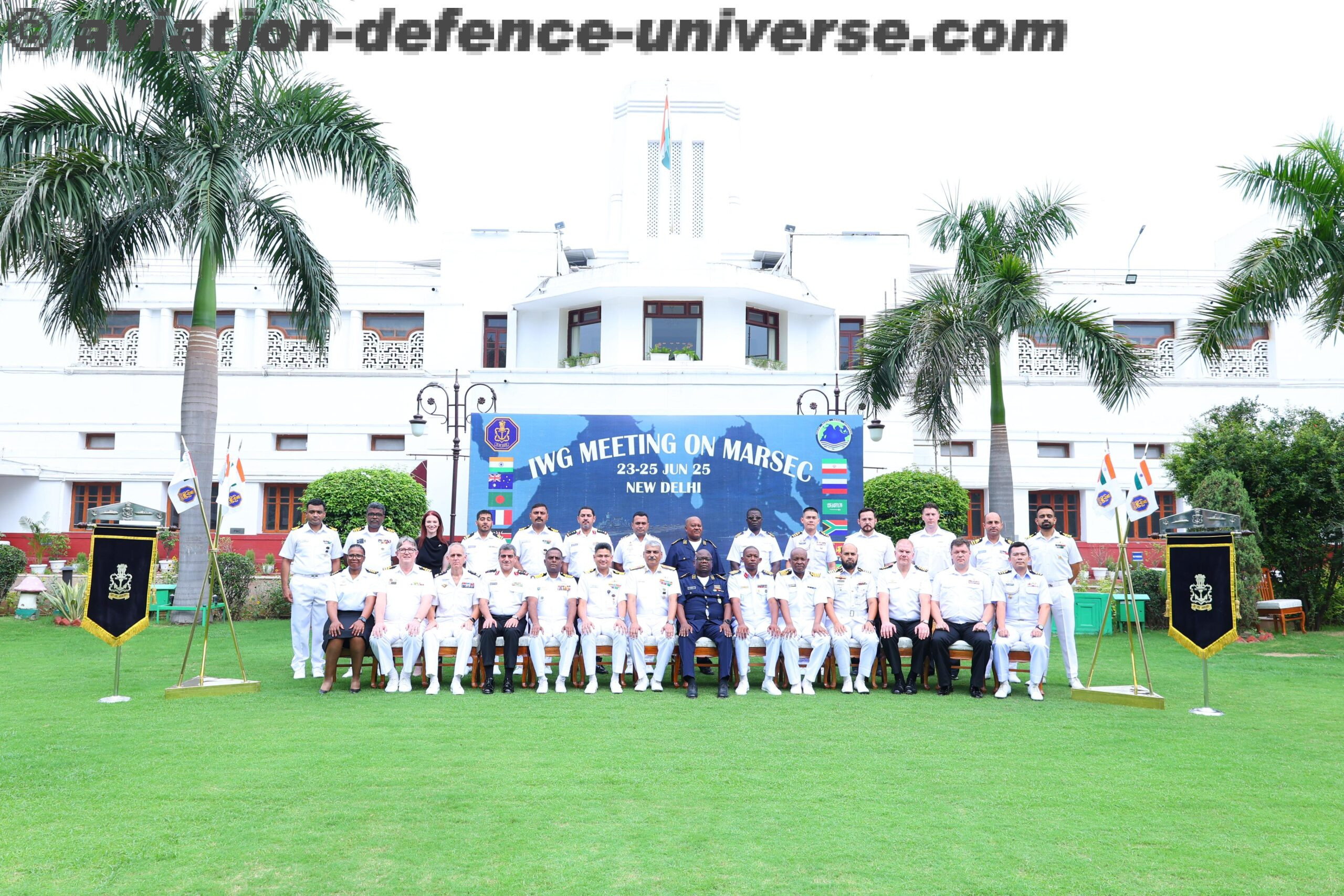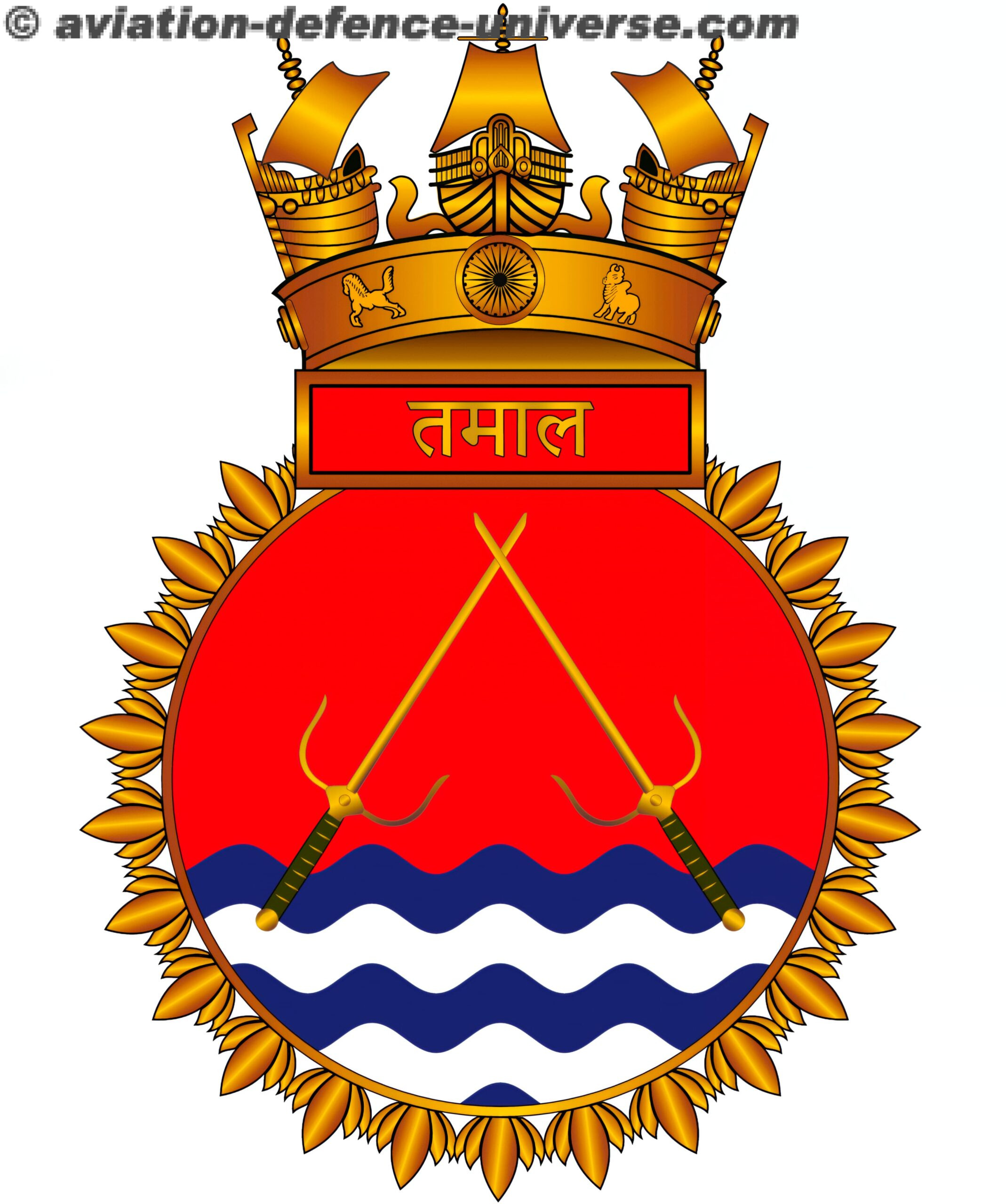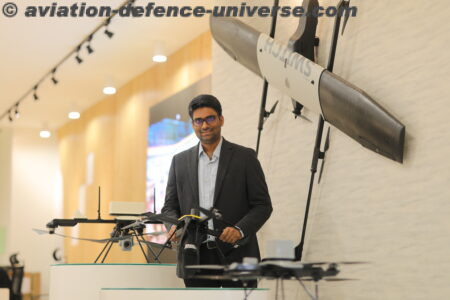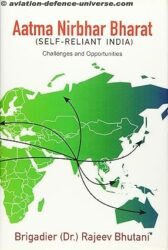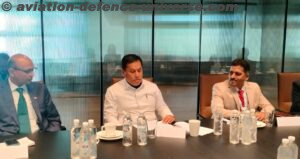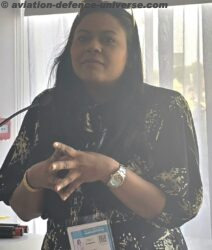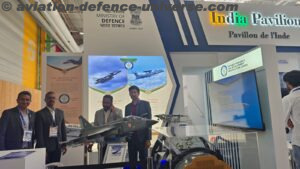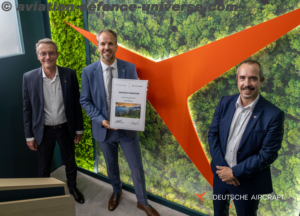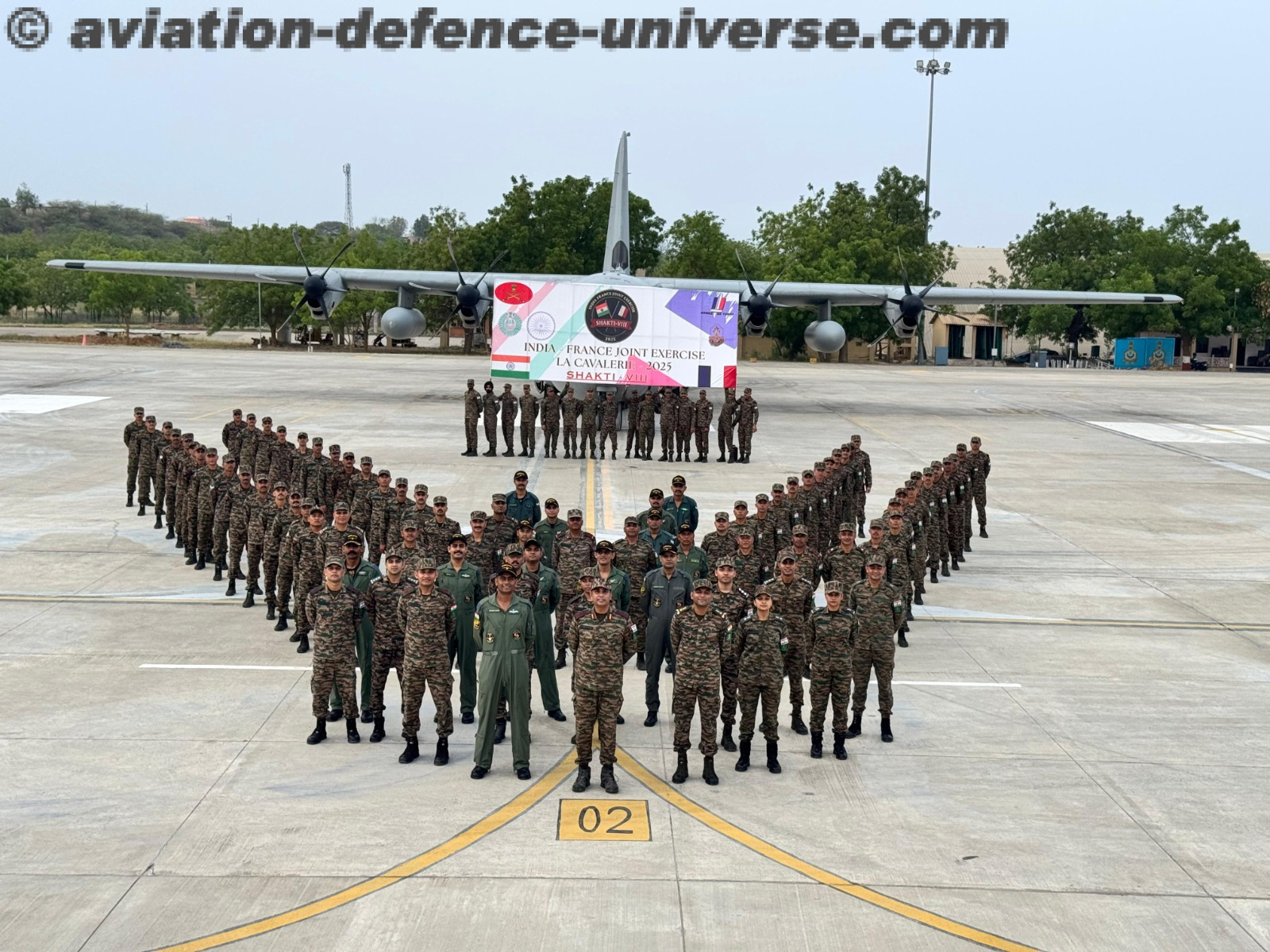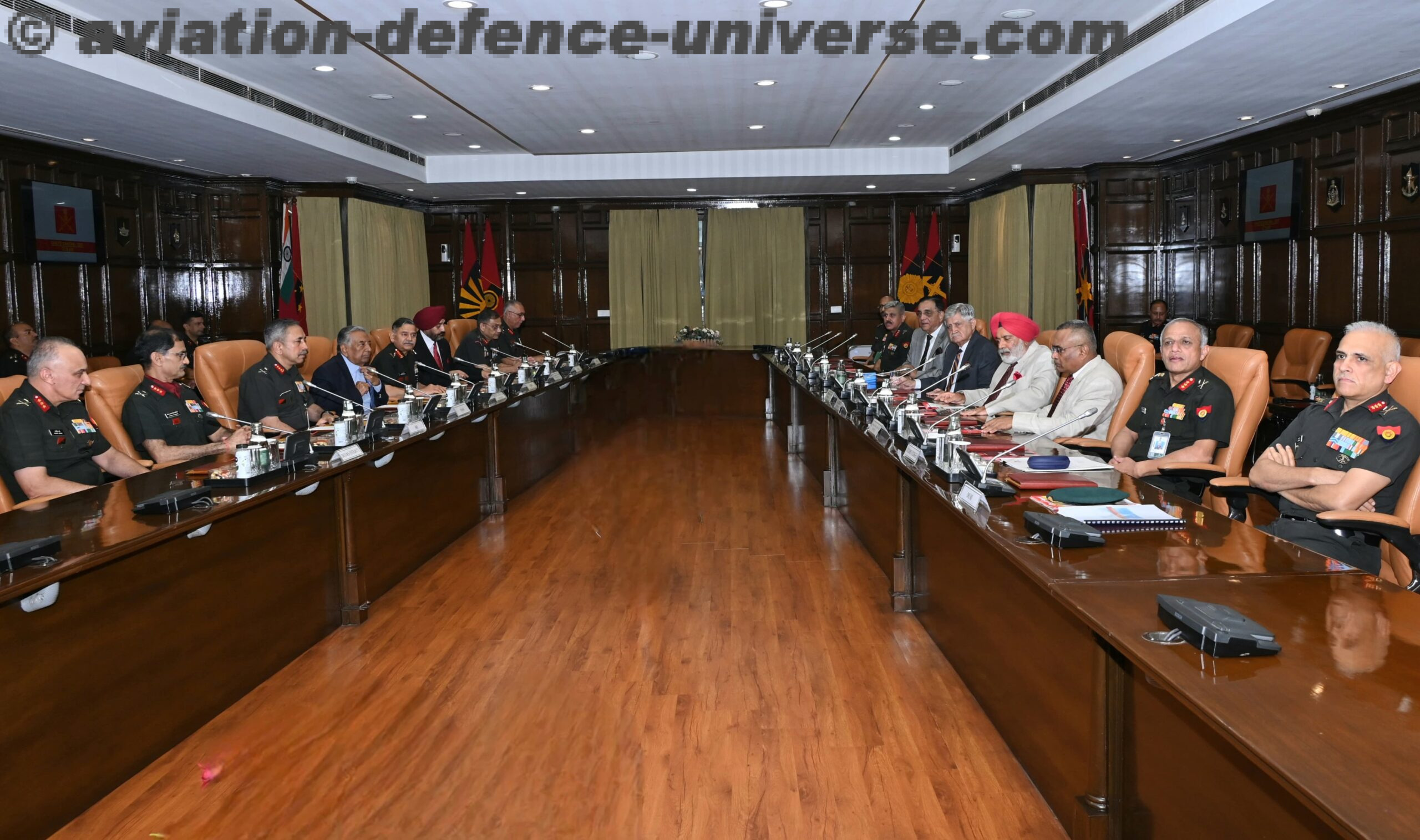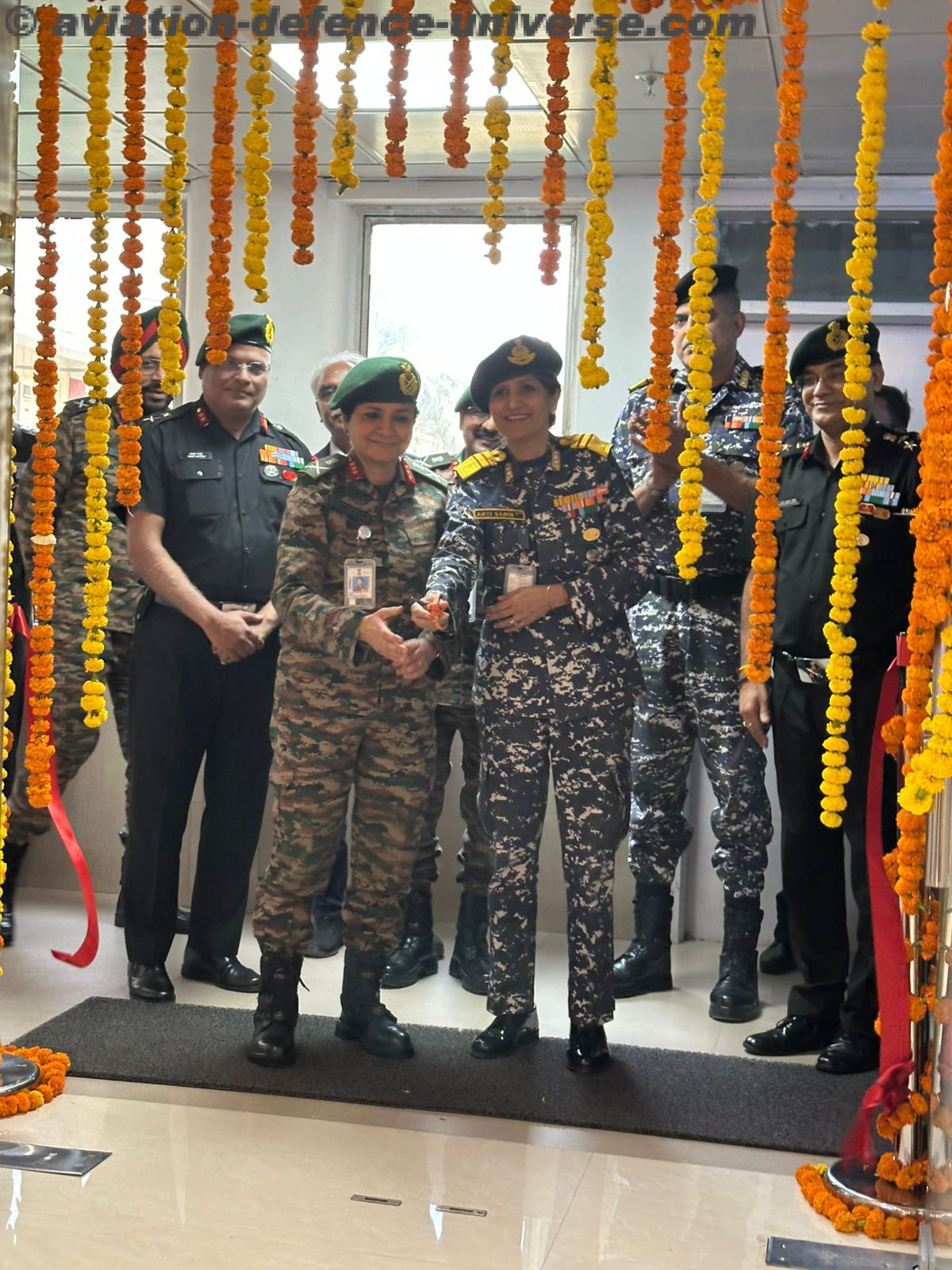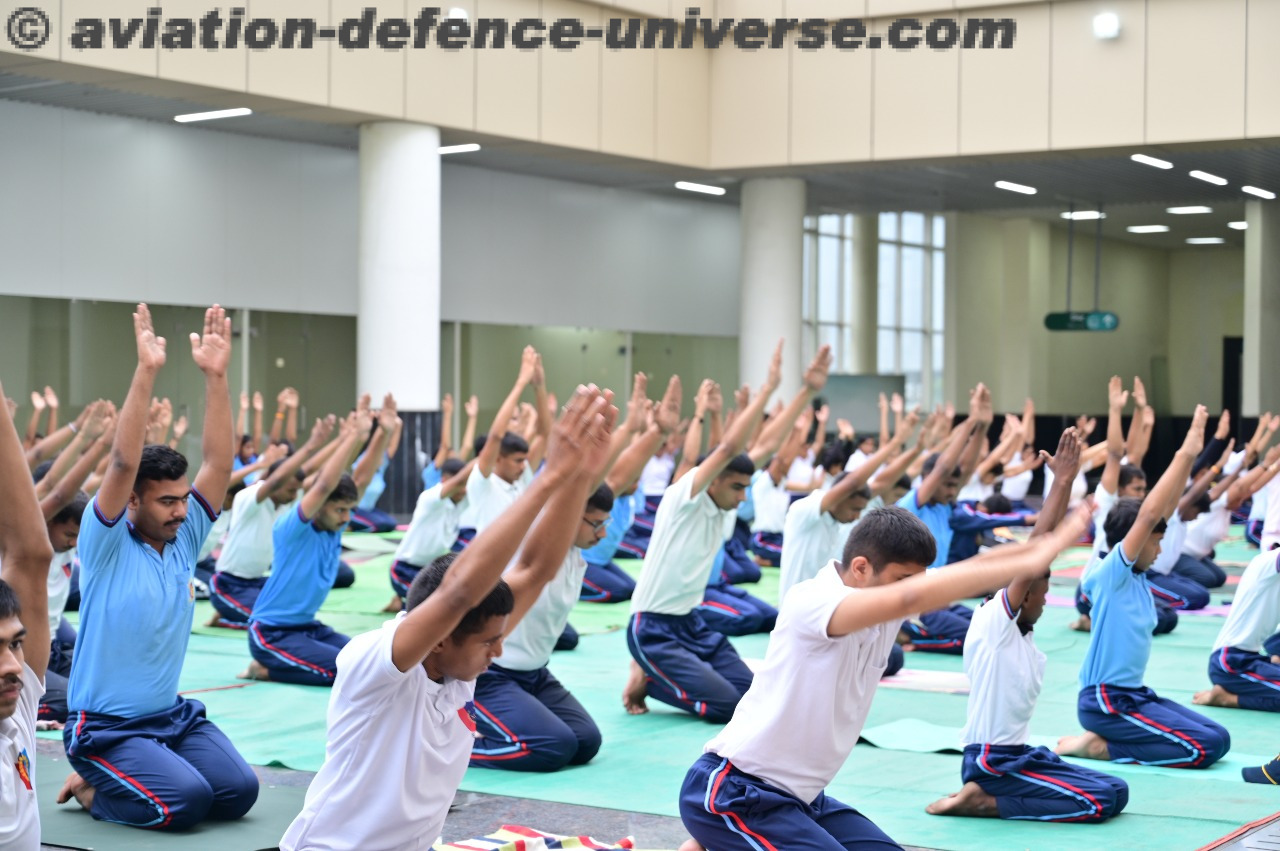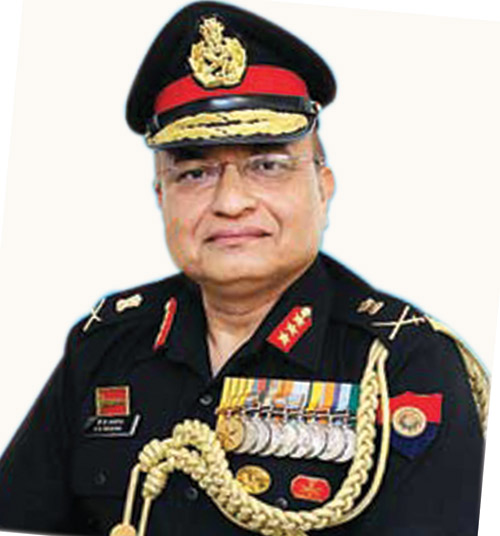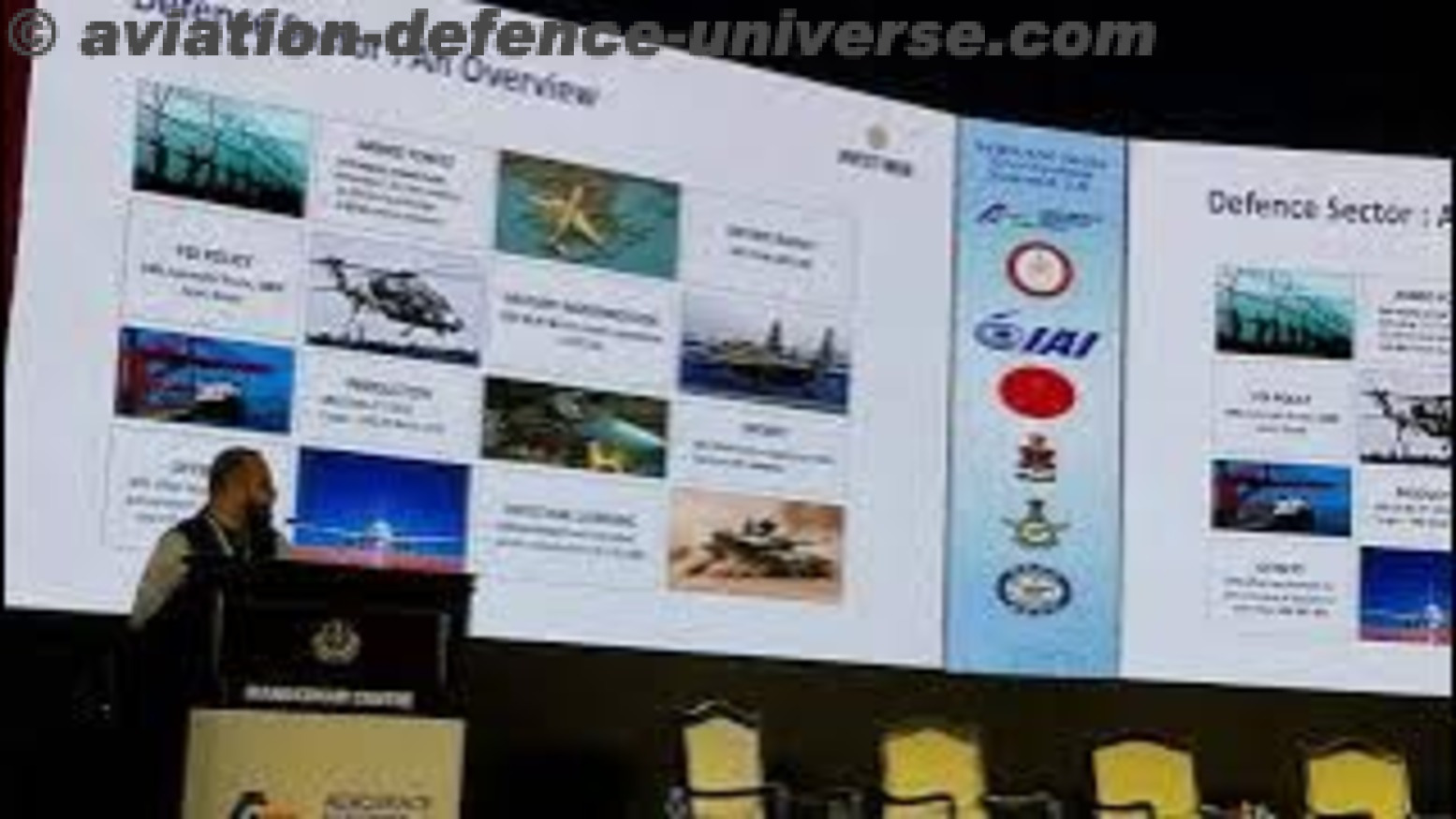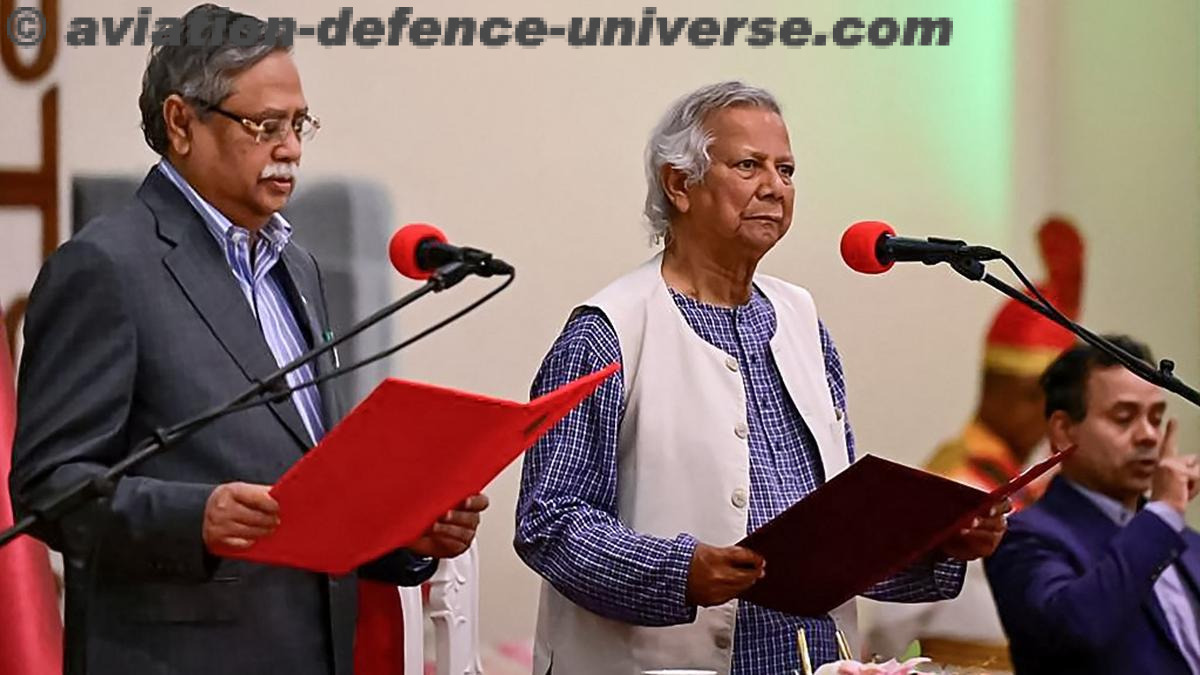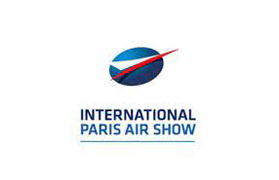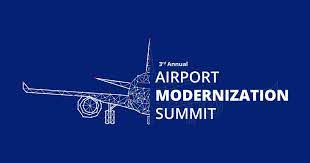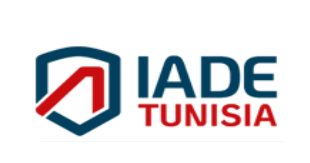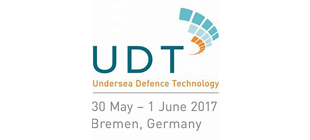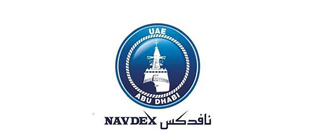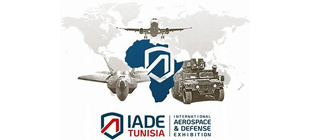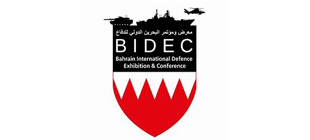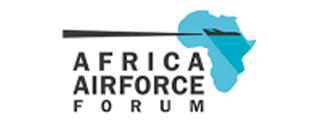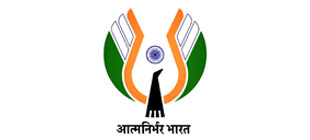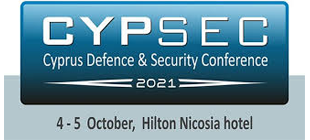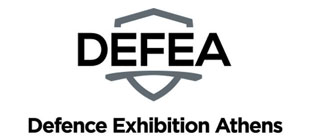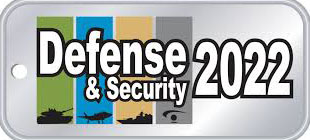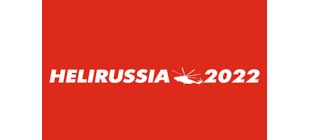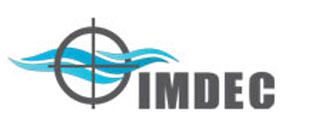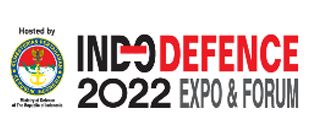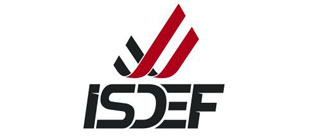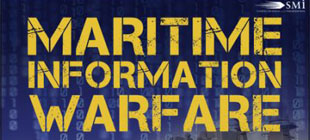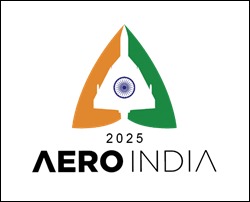- EW-Resilient, AI-Enabled: The Future of Drone Warfare Is Made in India
- ideaForge UAVs Go Global: From Pahalgam to Paris Air Show 2025
- Drone Diplomacy: Indo-French Defence Ties Take Flight with UAVs
By Ankit Mehta, CEO, ideaForge Technology Limited
The nature of warfare is evolving, driven by technological innovation that is redefining how armed forces around the world strategize and execute military operations.
Warfare isn’t what it used to be. The enemy might not come with boots and rifles, but with buzzing drone swarms, silent cyberattacks, and AI algorithms calculating their every move, marking a shift from traditional methods of engagement to electronic warfare. Resilience against such electronic warfare will be pivotal to warfare technology in the coming years. For India, this future is already here.
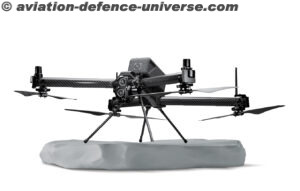 Prior to the recent India-Pakistan conflict, the focus was more on platforms that could provide standard Intelligence, Surveillance, and Reconnaissance or ISR, and not as much on Electronic Warfare Resilience of these platforms but now these versatile platforms have become essential elements of military strategy, moving beyond traditional roles to become pivotal in reconnaissance, surveillance, target acquisition, combat, and event post-strike assessment.
Prior to the recent India-Pakistan conflict, the focus was more on platforms that could provide standard Intelligence, Surveillance, and Reconnaissance or ISR, and not as much on Electronic Warfare Resilience of these platforms but now these versatile platforms have become essential elements of military strategy, moving beyond traditional roles to become pivotal in reconnaissance, surveillance, target acquisition, combat, and event post-strike assessment.
According to Coherent Market Insights, The Global Military Drone Market is expected to reach USD 51.56 Bn by 2032, exhibiting a compound annual growth rate (CAGR) of 11.3% from 2025 to 2032, underscoring the growing strategic importance of drones in military operations globally.
India’s Drone Evolution in Modern Warfare
India, with its complex security dynamics, has embraced drones as a critical component of its defense strategy. Initially utilized for surveillance, the role of drones in Indian military operations has expanded exponentially in recent years, especially in counter-insurgency & counter-terrorism operations, border surveillance, and tactical strike operations. With the changes in the nature of warfare and real conflicts, these UAVs need to be equipped with EW resilient capabilities going forward, such as multi-band frequency hopping communications to help in communication denied scenarios and, vision-based systems that allow UAV’s to recognize terrain patterns using onboard cameras and AI algorithms, enabling them to autonomously conduct operations or return to base—even in GPS-denied environments. The future of warfare lies in the fusion of AI-enabled and EW-resilient UAVs in the forces’ CONOPS, along with conventional means. This rapid evolution has to be supported by policy reforms, including increased tri-services coordination and more agile procurement mechanisms that allow faster integration of advanced UAVs into the defense ecosystem.
Military Drones in Operation Sindoor
 This expanding operational role was dramatically demonstrated during Operation Sindoor, a key operation carried out by the Indian Armed Forces to eliminate terrorist camps and hideouts in the aftermath of the gruesome Pahalgam terrorist attack. Immediately after the attack, ideaForge UAVs and even its teams were extensively deployed with the Indian Armed Forces and security agencies, actively assisting them to carry out search operations in tough environmental conditions involving dense forests and mountains. During Operation Sindoor, these drones would have provided real-time intelligence and precision targeting, enabling a timely response that can help minimize risk to personnel and ensure effective neutralization of adversary positions while even operating on the other side. Additionally, these UAVs would have been used extensively for conducting post-strike damage assessments and planning follow-up operations
This expanding operational role was dramatically demonstrated during Operation Sindoor, a key operation carried out by the Indian Armed Forces to eliminate terrorist camps and hideouts in the aftermath of the gruesome Pahalgam terrorist attack. Immediately after the attack, ideaForge UAVs and even its teams were extensively deployed with the Indian Armed Forces and security agencies, actively assisting them to carry out search operations in tough environmental conditions involving dense forests and mountains. During Operation Sindoor, these drones would have provided real-time intelligence and precision targeting, enabling a timely response that can help minimize risk to personnel and ensure effective neutralization of adversary positions while even operating on the other side. Additionally, these UAVs would have been used extensively for conducting post-strike damage assessments and planning follow-up operations
The deployment of these indigenous UAVs during Operation Sindoor demonstrated the readiness of India’s drone ecosystem to come through in times of crisis and the ability to deliver real-time intelligence enabling swift and precise tactical responses in complex terrains.
Strengthening Indo-French Defence Cooperation through Drones
India and France are deepening their strategic defense ties, with unmanned aerial systems emerging as a pivotal area of collaboration. This evolving partnership spans joint research and development in unmanned platforms, counter-swarm drone technologies, and armed drone systems, presently aimed at bolstering India’s autonomous warfare capabilities.
As France stands as India’s second-largest supplier of defense equipment, there is strong potential to further institutionalize this cooperation through long-term drone-focused initiatives. The nature of warfare is rapidly shifting from traditional manned platforms to unmanned and autonomous systems, and this trend is redefining military strategy and preparedness globally.
While India has historically been a net importer of defense technology, it is poised to emerge as a global leader in drone innovation. Its cutting-edge UAV platforms and solutions offer scalable and strategic advantages that can be of significant relevance to France and the wider European Union. Indian drones can support a variety of French and EU security needs, including:
- Addressing asymmetric threats such as urban insurgency and terrorism,
- Enhancing maritime domain awareness and security,
- Contributing to defense modernization efforts by diversifying sourcing beyond traditional suppliers like the U.S. and Israel
- Supporting border surveillance operations, including refugee movement management and counter-terrorism missions.
 Additionally, India’s observer status in the Eurodrone program, led by the Organisation for Joint Armament Cooperation (OCCAR), provides a valuable vantage point to assess the development of Medium Altitude Long Endurance (MALE) class Remotely Piloted Aircraft Systems and explore potential avenues for integration or co-development.
Additionally, India’s observer status in the Eurodrone program, led by the Organisation for Joint Armament Cooperation (OCCAR), provides a valuable vantage point to assess the development of Medium Altitude Long Endurance (MALE) class Remotely Piloted Aircraft Systems and explore potential avenues for integration or co-development.
The upcoming Paris Air Show 2025 will serve as a platform to showcase these advancements, with drones expected to take center stage in discussions on next-generation military technologies. Both nations are aligned in their commitment to fostering a synergistic defense ecosystem—where UAVs are not only instruments of national security but also symbols of strategic cooperation.
Where India Stands in the Global Scenario
India has made meaningful strides in drone development, but global leaders like the US, Israel, Turkey and China continue to raise the bar for larger platforms. The US, with its MQ-9 Reaper, remains the benchmark for endurance and multi-role capability. Israel’s Heron and Hermes platforms have matured through continuous combat deployment, while China rapidly scales its Wing Loong and CH-series drones for both domestic use and exports.
Although as a nation we are still dependent on imports and technology transfers in Medium and High Altitude Long Endurance (MALE and HALE) segments, we lead globally in micro, mini, and small-class UAVs. The next step must be rapid and wide-scale integration of these systems into active military operations—not just within elite forces but across all levels of defense. Our country’s cost-effective UAV platforms also present an opportunity to serve emerging markets across Africa, Southeast Asia, and Latin America—positioning the country as a key drone exporter.
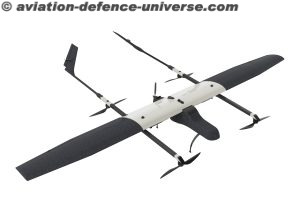 India’s defense strategy should aim to outpace global peers, not just catch up. This calls for clear, long-term procurement roadmaps, expanded indigenous production, and the development of modular UAVs with mission autonomy and field upgradability. AI-driven autonomy, EW resilience and swarming capabilities must be standard, enabling drones to adapt to evolving battlefield conditions.
India’s defense strategy should aim to outpace global peers, not just catch up. This calls for clear, long-term procurement roadmaps, expanded indigenous production, and the development of modular UAVs with mission autonomy and field upgradability. AI-driven autonomy, EW resilience and swarming capabilities must be standard, enabling drones to adapt to evolving battlefield conditions.
To ensure reliability in high-threat zones, India must also prioritize resilience against electronic warfare. Strengthening drone performance in GPS-denied or signal-jammed environments—an increasingly common feature in modern conflict—will be critical to maintaining operational advantage. Regular certification and transparent listing of trial-cleared UAV platforms will further streamline deployment, training, and adoption across forces.
A New Era of Warfare and Defense Innovation
As India charts its future in drone warfare, the focus must remain firmly on innovation, self-reliance, and strategic foresight. Drones are no longer just enablers—they are foundational to the architecture of modern defense. By investing in indigenous technologies, forging meaningful international collaborations, and nurturing a robust startup ecosystem, India is well-positioned to shape the next era of military preparedness.
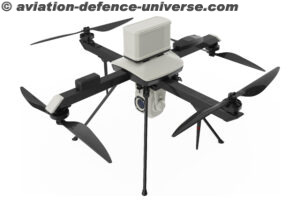 With the right policies, sustained demand, and a commitment to breakthrough innovation, our country can move from being a capable participant to becoming a global frontrunner in drone warfare. The opportunity is clear—and so is the responsibility. As future conflicts are defined by autonomy, speed, and precision, drones will be the decisive edge.
With the right policies, sustained demand, and a commitment to breakthrough innovation, our country can move from being a capable participant to becoming a global frontrunner in drone warfare. The opportunity is clear—and so is the responsibility. As future conflicts are defined by autonomy, speed, and precision, drones will be the decisive edge.
For Indian drone companies at the forefront of this transformation, the path ahead demands relentless innovation and a commitment to mission-first performance—principles that will shape the future of modern warfare.
(Ankit Mehta is Co-Founder and Chief Executive Officer of ideaForge Technology -a design focused Unmanned Aerial Vehicles (UAV) manufacturer of drones for defense, homeland security and industrial applications. He is Co-Chair – FICCI Committee on Drones and member of FICCI Young Leaders Forum. He is a member of Drone and AI Task Force of The Government of India and UTM Committee of the Government of India. He has been listed in the ‘Top 35 Under 35 Entrepreneurs’ in India by Entrepreneur India.)



